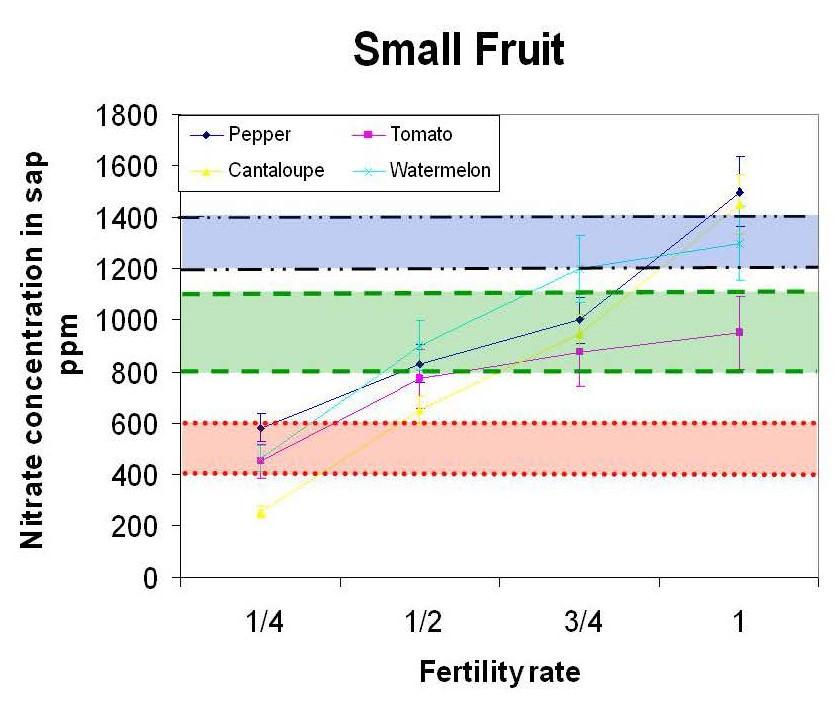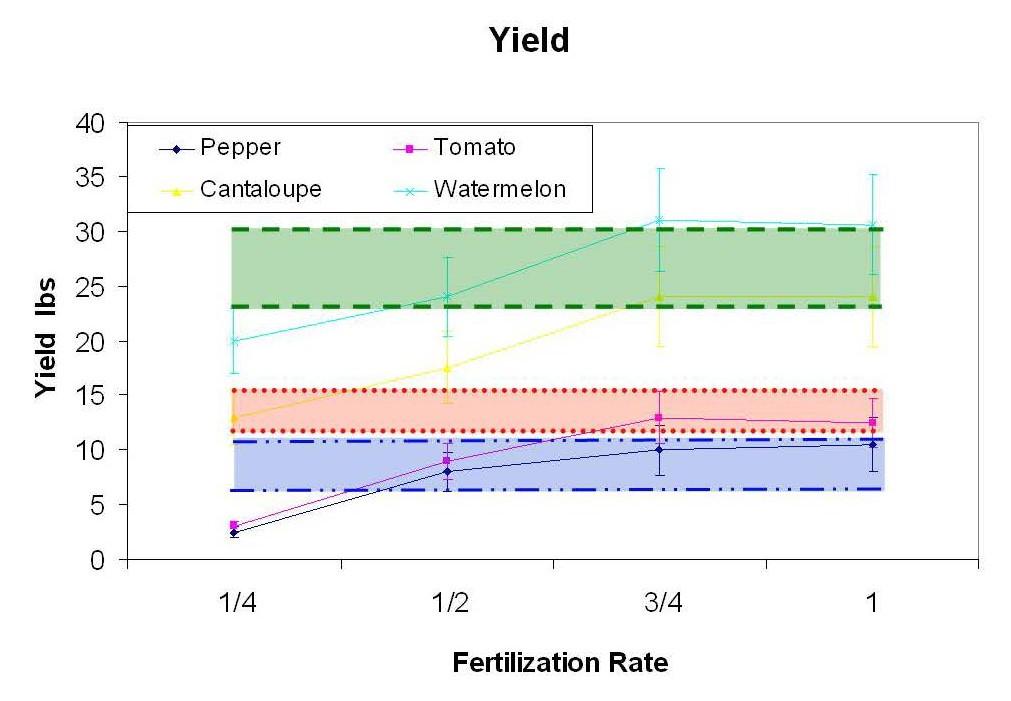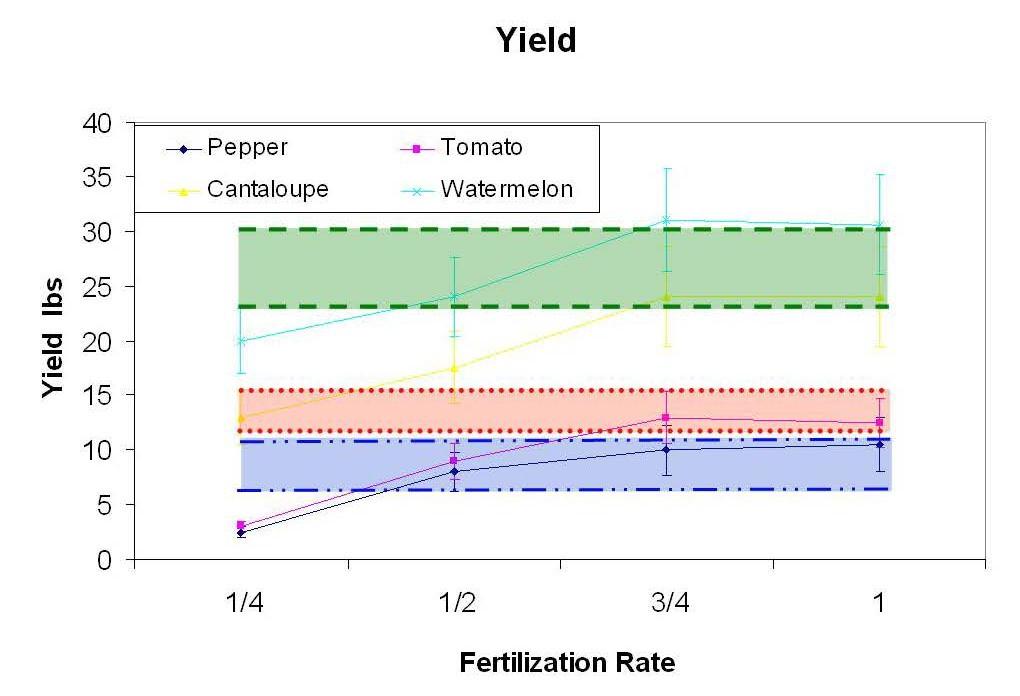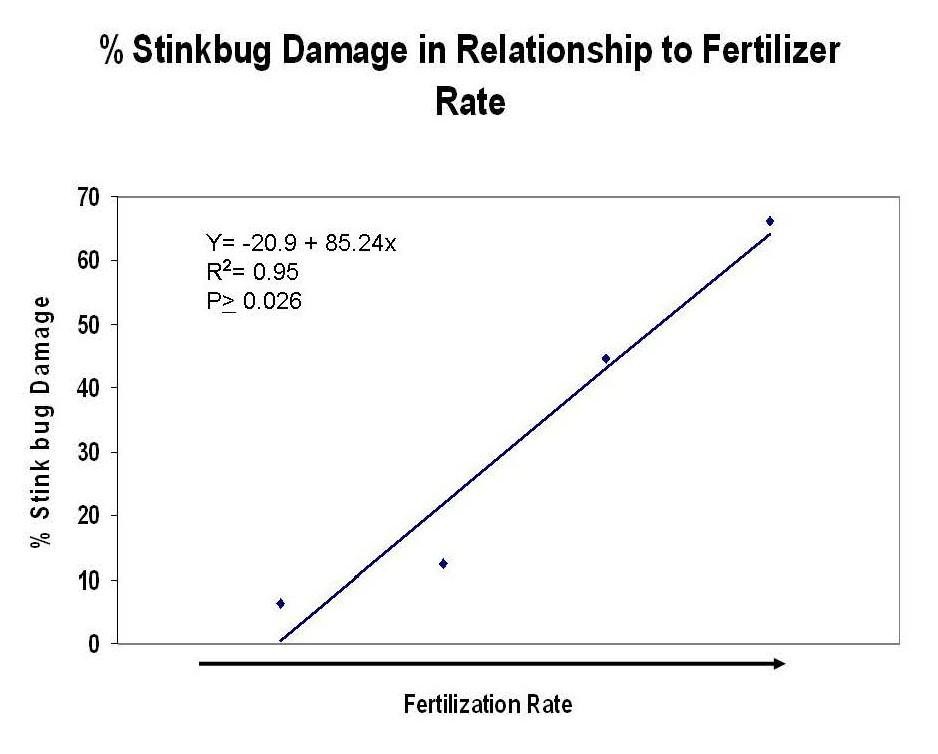Using Nitrate-N Petiole Sap-Testing for Better Nitrogen Management in Vegetable Crops
Introduction
Vegetables have a relatively high nitrogen requirement and at times growers apply too much fertilizer-N that contributes to ground and surface water pollution. Fertilization can be made more efficient by plant analysis. Plant tissue (petiole) nitrate testing is a way of monitoring the nitrogen condition of the crop during the growing season. This is an especially useful method as the petiole is a very good indicator of current N supply and management practices such as fertigation allow for corrective measures when deficiencies are found.
The limiting factors of plant tissue testing are the amount of time required in drying the samples, sending samples to a commercial lab, and receiving the results, all of which can take several days to a week or more. While plant tissue nitrate analysis gives the grower information about current plant nitrate-N, the information may be received too late to be useful. The development of a quick method for on-site analysis would improve the application of plant tissue testing. The grower could then make quick decisions about adjustments to fertigation programs.
Various nitrate test kits for vegetable plant sap-testing are available for use on vegetables. The goal is to find a system that growers can use in the field to help manage nitrogen fertilization. The following guidelines should help growers who are interested in using a quick method for on-site petiole sap-testing. Most of these guidelines have been developed through research on the eastern seaboard and are based on field experience.
Nitrogen in the Soil
To better understand nitrate testing results a basic understanding of how nitrogen reacts in the soil is required. Nitrogen is a very mobile element which goes through many transformations. Nitrogen is added to the soil in several different ways such as commercial fertilizer, crop residue, cover crops and manures. Nitrogen is also removed from the soil in the harvested portion of crops, by leaching and by atmospheric loss. In addition to these results, nitrogen undergoes many alterations while in the soil. The most important of these are immobilization and mineralization. Nitrogen that is immobilized is unavailable to plants because it is held in the tissues of microorganisms or because it has been changed into complex organic forms (chelating) that resist being broken down. September 2008 Mineralization is the reverse process where nitrogen in complex organic form is broken down into simpler molecules that can be absorbed by plants.
The majority of the nitrogen in the soil is in the organic form, with less than 10% of the nitrogen being mineralized to plant available forms during the growing season. The rate at which these complex structures are broken down into plant available forms is constantly changing, controlled by a series of interactions of crop residue, soil, microbes, and soil moisture and temperature. When plant residues that are low in nitrogen are incorporated into the soil, it may reduce the amount of nitrogen available to the plants by immobilization by microbes. When high nitrogen containing residues are turned under, succeeding crops can draw a substantial (~ 50%) portion of the nitrogen they need from the organic matter in the soil.
The two forms of nitrogen taken up by plants are ammonium and nitrate ions. The ammonium ion (NH4 + ) has a positive charge and is held by the soil particles (soil particles are negatively charged) and is resistant to leaching. Nitrate (NO3 - ) has a negative charge and moves freely in the soil solution and is readily lost by leaching. When soil organic matter is broken down it is converted into ammonium and later into nitrate. When ammonium fertilizers are applied, the ammonium is converted to nitrate through nitrification. Since ammonium tends to be converted to nitrate, soils usually contain higher levels of nitrate than ammonium.
Crop Nitrogen Needs and Fertilization
Vegetable crops differ widely in how much nitrogen they need for proper growth and high yields. Crops also differ in their pattern of uptake over the growing season. Fruiting crops such as tomatoes and peppers require relatively little nitrogen until flowering begins, and then increase their nitrogen uptake, reaching a peak during fruit set and early fruit bulking period. As fruits mature, N demand drops again. Non-fruiting crops like celery and lettuce show slow nitrogen uptake through the first half of the season, with nitrogen needs increasing rapidly as harvest approaches. As they grow vegetables exhibit distinct changes in nitrate levels within the plant. Highest values are seen during early vegetative growth, with declining nitrate concentrations thereafter. The decline is particularly sharp for fruiting crops; as fruits begin to set and grow, they form a sink into which the plant pumps large amounts of nitrogen, limiting the amount of nitrate stored in leaf petioles.
Plant Tissue Testing
While plants take up nitrogen in both the ammonium and nitrate forms, nitrate is usually more abundant than ammonium so nitrogen tests measure nitrate rather than ammonium. Under conventional fertilizer practices, plant tissue contains high levels of nitrate which is a good indicator of the nutrient status of the plant. However, once the nitrate reaches the leaf it becomes incorporated into other compounds, and the rate of this metabolism may affect the levels of nitrate in the petioles. Therefore, environmental factors that affect plant metabolism may affect the nitrate levels in the petioles and thus influence the 2 plant tissue test. In addition to environmental factors affecting readings, measuring nitrate levels in organic fields or fields fertilized entirely with organic material may not work as well since the plants tend to take up more of their nitrogen in the ammonium form.
Fresh Sap Nitrate-N Testing
One misunderstood part of fresh sap testing is the confusion between nitrate and nitrateN. Nitrate (NO3), contains both nitrogen and oxygen. The term nitrate-N refers only to the nitrogen portion of the nitrate molecule. The nitrate molecule contains 1 nitrogen atom and 3 oxygen atoms. It is often necessary to convert values between nitrate and nitrate-N. The conversion can be accomplished by the following formulas: PPM NO3 x 0.226 = PPM of NO3-N or PPM NO3-N x 4.43 = PPM NO3. In most agricultural uses, the term nitrate-N is usually used. However, many instruments used to measure nitrate give readings in nitrate that should be converted to nitrate-N for comparison to most published crop values.
Cardy Test
The easiest way to measure nitrate in fresh sap is with a specific-ion electrode meter. One such meter is the Cardy meter, which is readily available. Although there are other meters that could be used (this publication is not endorsing this particular product nor is criticism implied of similar products not mentioned). The usefulness of fresh sap analysis is strengthened when it is used on a regular basis following the trend of nitrate concentration over the season. Not only does this provide information on the nitrogen dynamics of the crop, it also allows identifying a suspect value, which needs retesting. Although it can be used in the field, the Cardy meter is better suited for use indoors. It is sensitive to temperature changes, so frequent recalibration is necessary through the day if used in the field. Also, readings tend to drift for the first few minutes after it is turned on. From the standpoint of accuracy and efficiency, it is better to collect a number of petiole samples and bring them to a central location indoors for analysis.
Sampling
As a general rule twenty petioles from different plants throughout a management unit are required for a representative sample. Where there are differences in fertility within a field, separate samples should be collected and analyzed. Collect samples from areas in the field where the stand is uniform. The nitrate level in the plant can vary somewhat throughout the day. My results from testing over a 12-hour period show that the most consistent outcomes were obtained by collecting samples between 11 am and 2 pm (as long as weather conditions were not extreme—see below). This also has been shown to be the time when nitrate-N levels peak in the petioles of many plants. Do not collect samples after a rainfall or an irrigation of 1 inch or more in the past 24 hours or when there are high temperatures (>950 F) and humidity’s (>90% RH) for several days as this will cause inconsistent readings. At collection, leaves should be stripped away and petiole sap should be squeezed into vials and analyzed within 1-2 hours. To ensure accuracy as much sap as possible should be collected from the petioles in the sample. Petioles should be placed in the garlic press and squeezed into a funnel that is sitting in a vial or collecting jar.
2006 Study
This study was conducted to test the feasibility of accurately testing the NO -N concentration (ppm) in the leaf petiole of several major vegetable crops; tomato, pepper, watermelon and cantaloupe.
Methods
Four replications with 6 plants of each vegetable variety were used in a plasticulture/drip irrigation system. Four fertility levels were used, a full rate (200lbs of N), ¾ rate (150 lbs. of N), ½ rate (100 lbs of N) and a ¼ rate (75 lbs of N). Plots were fertilized and plastic mulch and drip irrigation were laid on top of 6 inch beds. All transplants were set out June 24 for each fertility level for each vegetable crop used.
During the season petiole sap samples were taken 3 times from all plants in each fertility level. The sampling times were: at first flower, at small fruit size, at first harvest. Petioles were squeezed and their sap was placed into vials and taken back to the lab after all fertility levels for a vegetable crop were completed (about 15 mins from start to finish). Samples were then opened and a dropper of fluid was taken from the top portion of a vial and placed on the Cardy meter so that enough liquid covered the well and was read. Standards were used before and after each fertility sample was read.
Results
Figure 1 (above) shows the results of the first petiole sampling period taken during first flowering. The colored bars across the figure show the recommended range of NO3-N ppm in petiole sap for each vegetable for each phenological stage. The green area is for watermelon and cantaloupe, the red is for tomato and the blue is for pepper. Therefore each vegetable line showing the levels of NO3-N in petiole sap should be compared only with its corresponding recommendation range. As an example, pepper results (blue line representing actual petiole sap nitrate-N in ppm taken from test plot pepper plants) should be compared only with the blue area (representing the recommended range of nitrate concentration in petiole sap). For the ¼ and ½ rates NO3-N ppm are below the range recommended for tomato, watermelon and pepper, but for cantaloupe all fertility rates result in NO3-N readings within the recommended range. Nitrate levels in the petiole sap were above recommended levels when a full rate of nitrogen was used.




